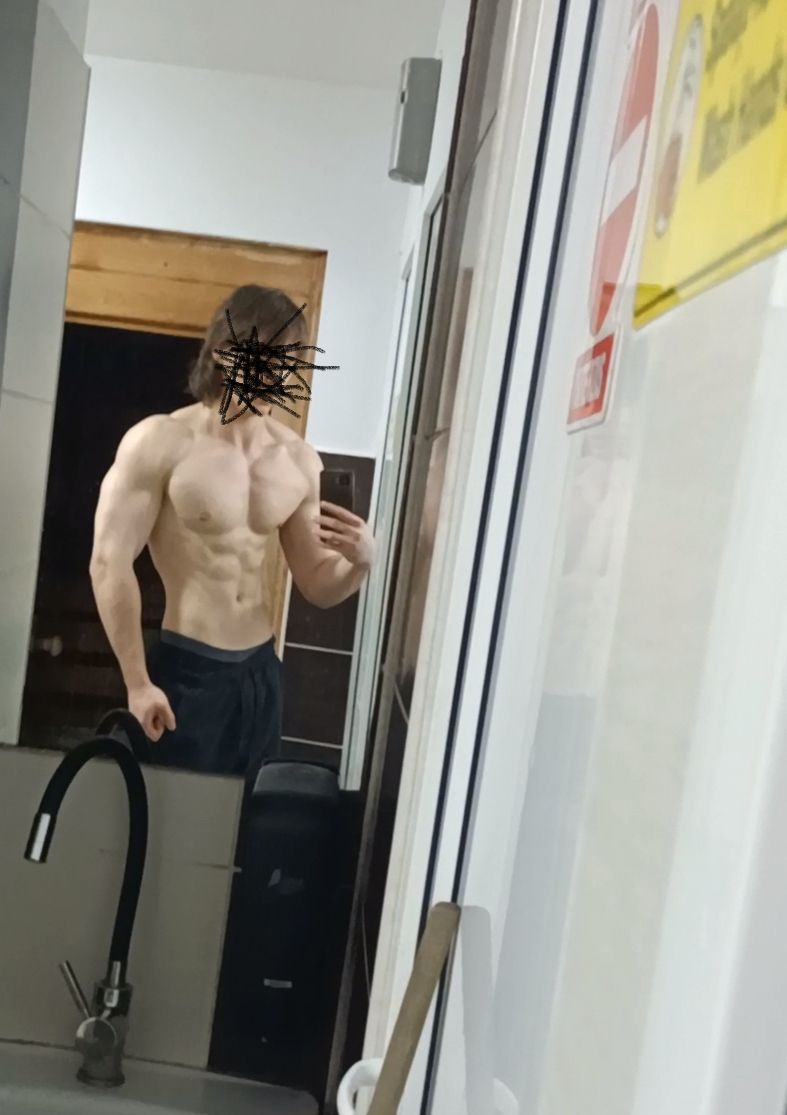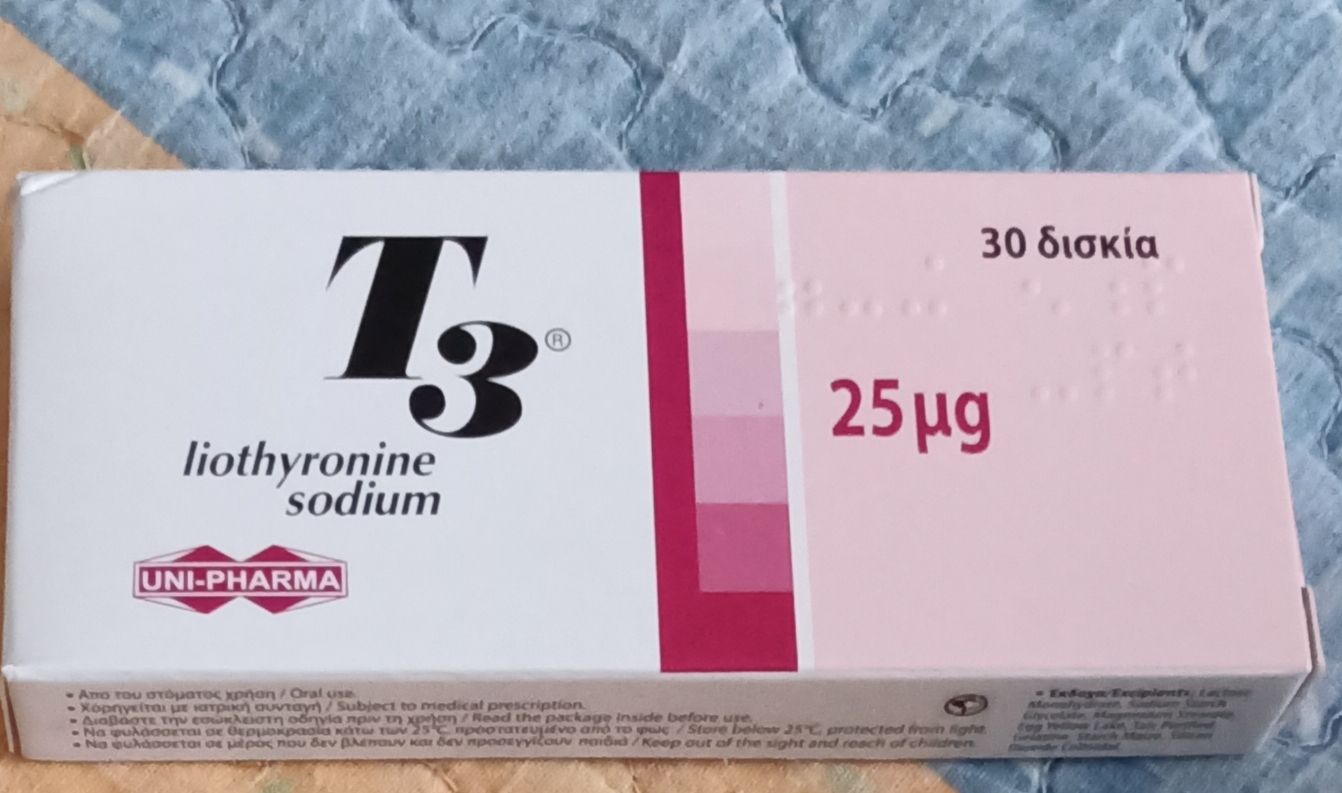Peatbot: Yes, vitamin E has undergone significant changes over the years. Originally, vitamin E was produced using methods that resulted in a product that was thick, viscous, and often brown in color. This form of vitamin E was associated with beneficial effects, including anti-estrogenic and anti-clotting properties, and was thought to protect against the toxic effects of polyunsaturated fatty acids (PUFAs).
However, over time, the manufacturing processes for vitamin E have changed. For example, when ADM bought the old Eastman distillation products factory, they altered the methods of production, which affected the consistency and appearance of vitamin E. The newer vitamin E products became more diluted, often with soybean oil, which is highly unsaturated. This change in formulation has been linked to a reduction in the beneficial effects that were observed with the original vitamin E products.
Additionally, the perception and definition of vitamin E's role have evolved. Initially, it was recognized for its fertility-enhancing and anti-estrogenic properties, but later it was primarily marketed as an antioxidant. The changes in manufacturing and formulation have led to variations in the effectiveness and safety of vitamin E supplements, with some studies suggesting increased mortality associated with certain formulations.
Overall, the form and quality of vitamin E have shifted, and these changes have influenced its perceived health benefits and risks.
Peatbot: Yes, vitamin E is generally considered safe to take on a daily basis, especially when taken in appropriate amounts. The context suggests that about 30 to 50 milligrams per day can provide full protection. However, it's important to choose a high-quality vitamin E supplement, preferably one that contains mixed tocopherols, as these are anti-inflammatory. It's also noted that vitamin E is particularly beneficial if you are consuming polyunsaturated fatty acids (PUFAs), as it can help counteract some of their negative effects.

